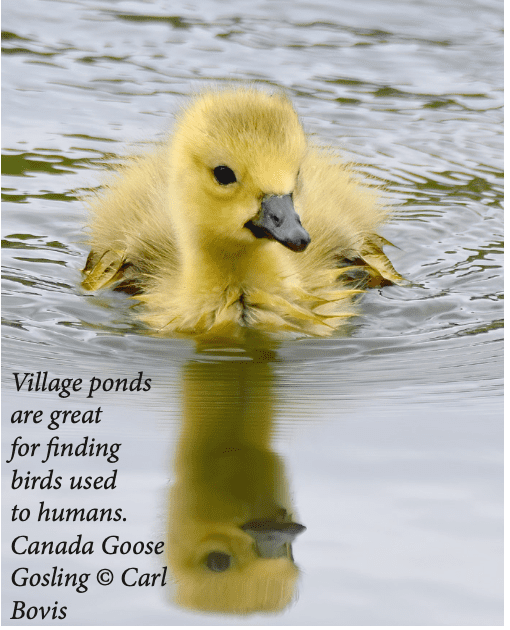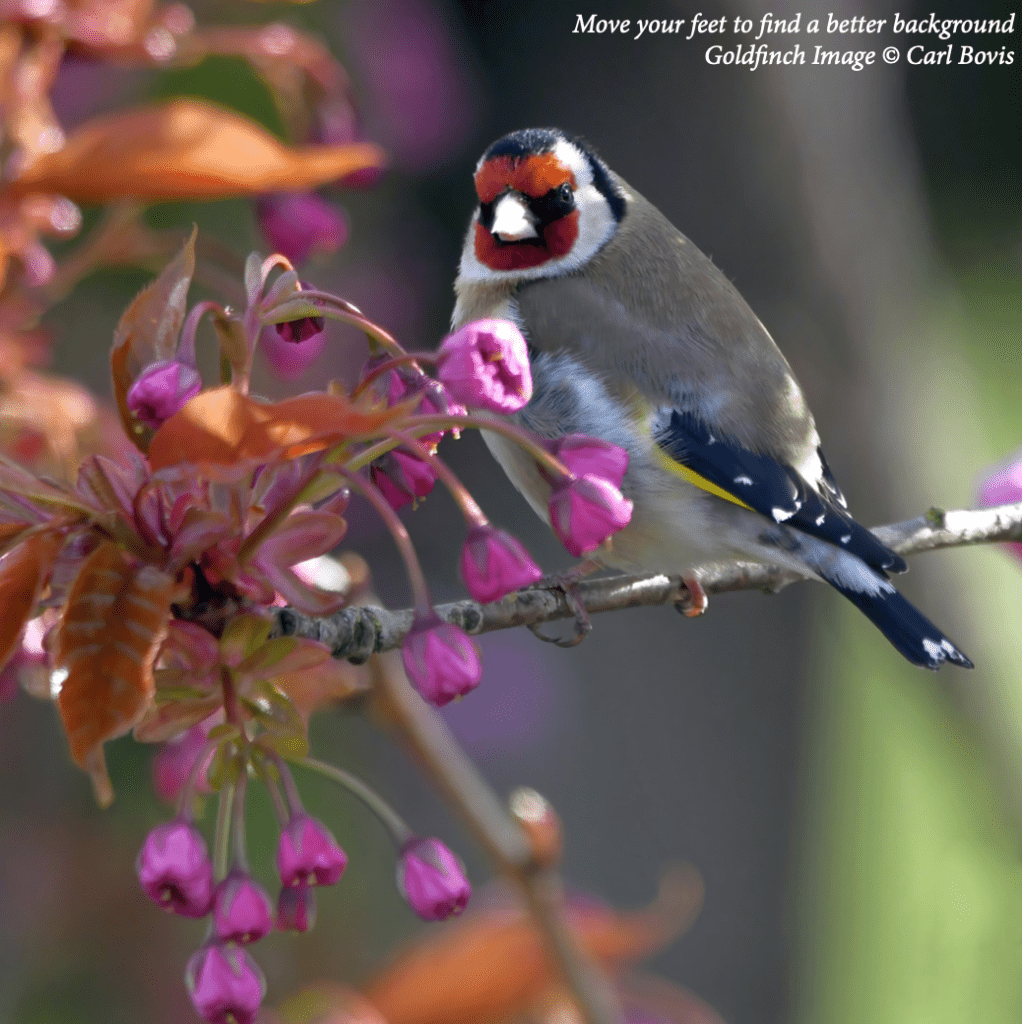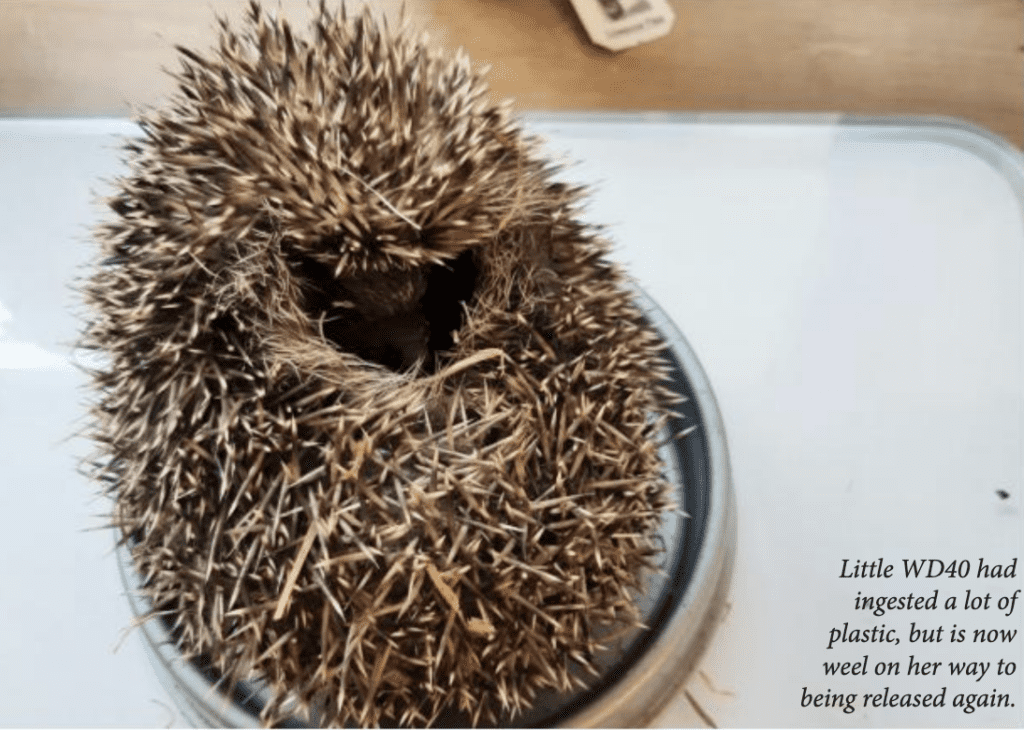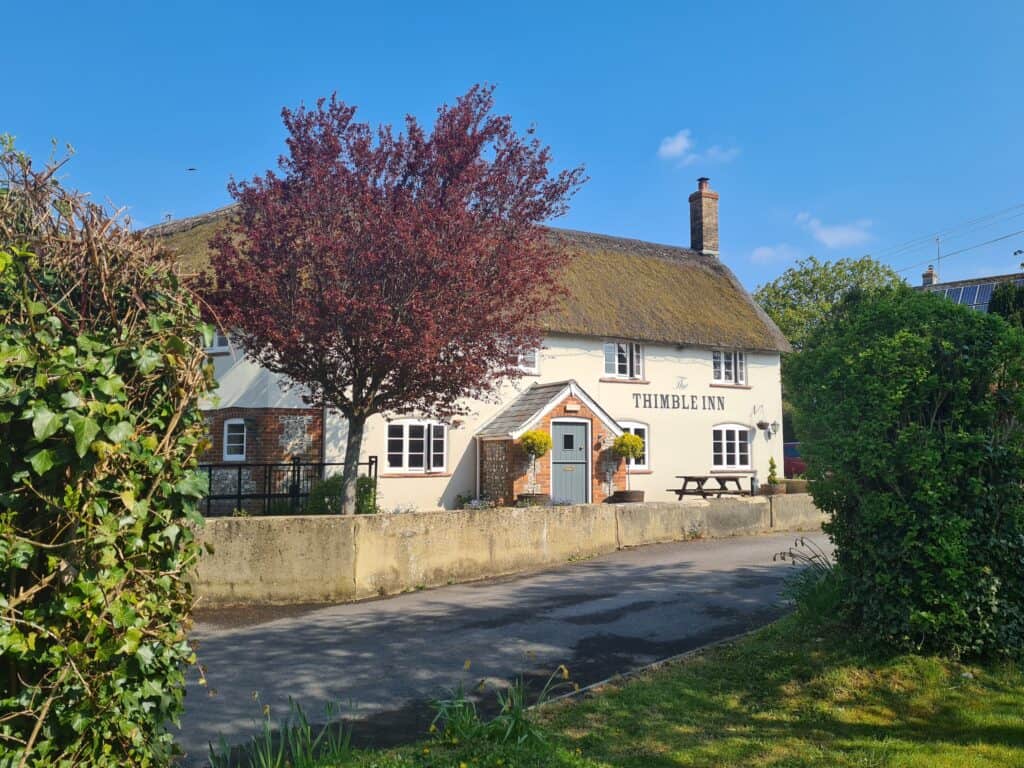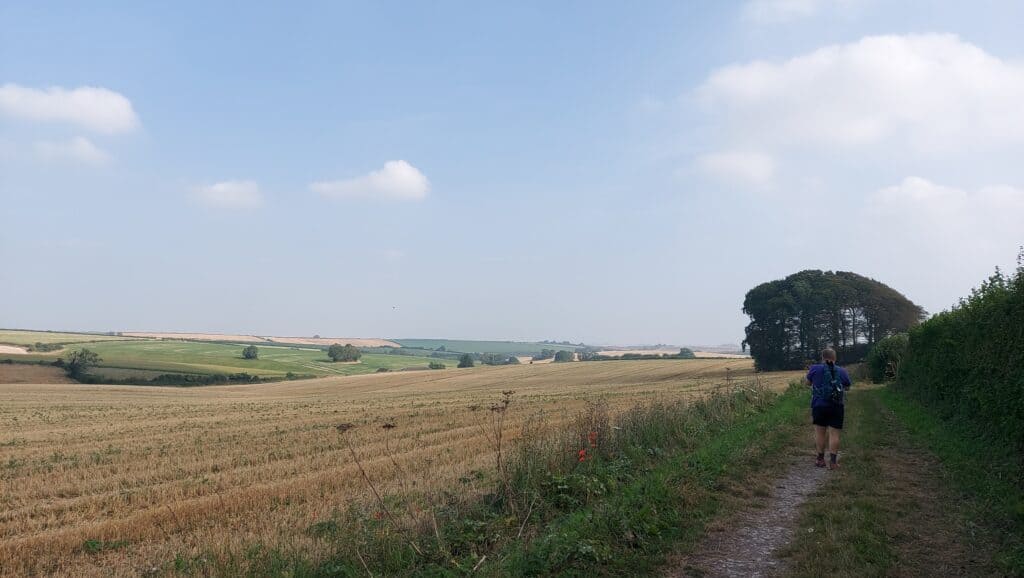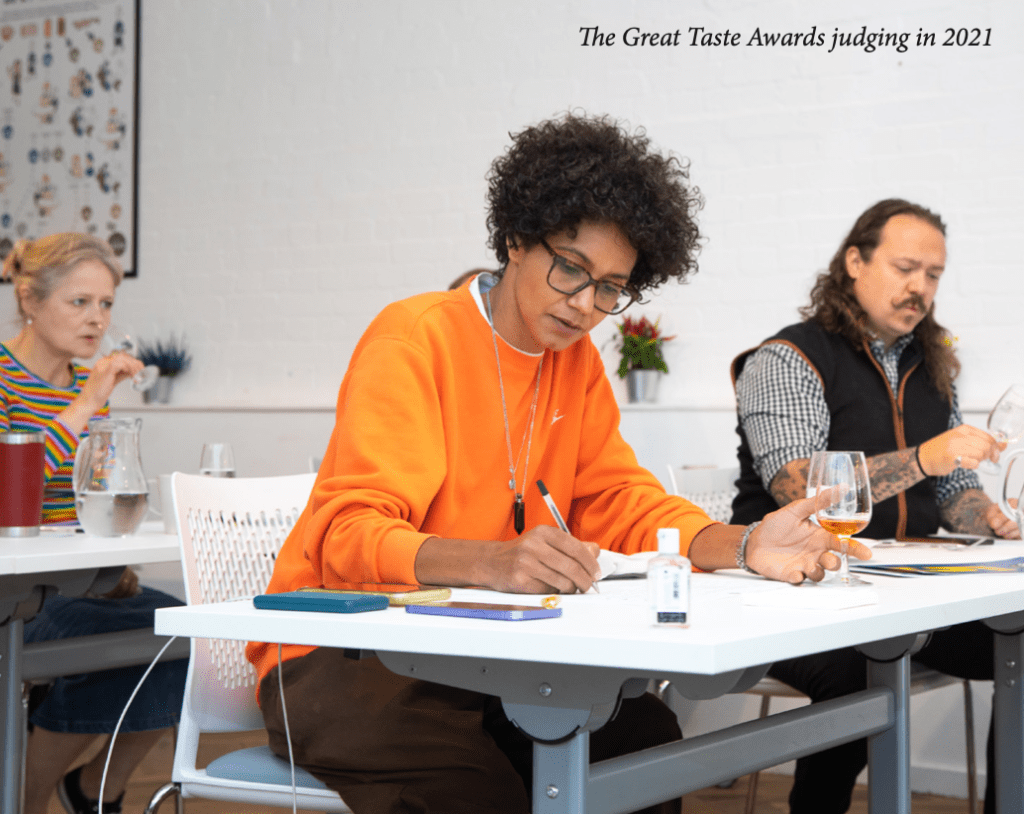The slow escape
Big hoo-ha in Mappowder: a tortoise has gone missing (easily identifiable – it’s wearing a shell suit) which led my wife to ask, ‘what’s the point of tortoises?’
I told her that was a bit rich from someone who as a girl had a pet stick insect and claims that ‘Sticky’ was ‘very interesting’ because ‘sometimes he moved.’
Cutting remarks
For four years or so I, along with Ivan Croad, would regularly mow the church lawns and graveyard in my village.
It was fun: Ivan always has a wealth of stories and jokes, which he delivers in his lovely deep Dorset burr and, as I grew up in Stalbridge, we know a lot of the same people, for example, three sisters who lived on a farm, of whom in my youth I was very fond. Very fond indeed! (For God’s sake don’t name them, they may read this. Ed).
Ivan would tackle the tricky bits around the gravestones and I was given free rein around lawns. But I was loath to mow the wild flowers so would cut around them. Over time this resulted in lanes, or passageways, banked by five-foot high wild flowers.
Ivan and I agreed that it looked charmingly wild and natural – unlike the clinical bowling green trim of some churchyards.
‘It’s what Jesus would have wanted,’ I said, actually meaning it. Despite not believing I grant that there was a charismatic bloke 2,000 years ago who may have been a good egg (unless you were a Roman).
After one session at the church, I was back sitting in my garden when a villager (my then neighbour, now emigrated) approached wanting ‘a word about the church land.’
I didn’t expect wholesale praise from a breathlessly grateful village (just as well as apart from a couple of exceptions I didn’t receive any) but I certainly didn’t expect her to tell me that ‘some of the villagers didn’t like the wildflowers being left and the lanes in the tall grass.‘ She was a bit vague on who the villagers were.
Well, blow me down: I was minded to say, ‘I’m sorry to hear that, maybe they’d like to spend their own time and petrol mowing the (insert naughty sweary word) grounds themselves!’
But do you know what? Unusually for me, I didn’t.
I pointed out that the wild flowers attracted bees and butterflies and that children loved running through the passageways. I made it clear that I’d continue leaving the wild flowers. She went off in something of a huff.
Next year I started mowing again in May or when the grass started shooting-up and, absent-mindedly, I mowed everything.
My fellow mower, new to the game, came up and strongly rebuked me. ‘We don’t do it like that,’ she said, ‘we like to avoid the wild flowers in order to attract pollinating insects and children like to run in the passage ways.’
Not often I’m lost for words.
Triple chippy fella
Up at The Antelope in Hazlebury Bryan (we definitely weren’t going for lunch) we read the new tapas menu.
As we were only going for a drink and chat with pub managers Rhiannon and Gregg (and definitely not lunch) we ordered tapas.
And even though I got third-degree burns from the stuffed jalapenos (and sweated so much I slid off my chair) it was terrific.
‘How was your meal,’ asked Gregg.
‘Absolutely great and the chips were the best,’ said Kae.
‘They’re triple-cooked,’ Gregg proudly claimed.
I said, ‘if you cooked them properly first time round you wouldn’t have to do them again.’
Gregg fixed me with narrowed eyes but I knew, underneath his Covid mask, he was smiling. Probably.
Oh you petty things…
I started a chess club a while ago not just for my village but for everybody who wants one evening a week of mild intellectual stimulation and good conversation.
So my wife designed attractive posters and we went around putting them up in shops and village notice boards.
And two days later I found that some small-minded people had taken down the posters from their village notice boards.
Why?
The posters that weren’t taken down attracted a superb cross-gathering of north Dorset and Somerset society, from keen eight year old girls to lonely widowers. Thanks to the posters that were not removed a lot of peoples’ lives were enhanced. We read that in Afghanistan the Taliban are removing all posters and hoardings advertising – and banning games and music. Let’s try and encourage harmless activities.
Everyone’s invited to Charming Chess at The Antelope on Wednesday from 7pm. There are no clocks or league tables – it’s a bit of fun with plenty of laughs.
Off with his head!
I’ve been playing chess since I was nine or 10 (not the same game) and it’s only recently struck me why it so popular around the world.
Chess is the only board game I’m aware of that has no element of luck in it (apart from draughts). Take backgammon, any card game, Monopoly. They are all dependent on the throw of a dice or the hand of cards you’re dealt.
But with chess both players start with exact equal footing (save for skill). It is not even worth arguing ‘whoever draws white has the advantage,’ as some players opt to play black.
The game is believed to stem from Persia when a Shah, bored with dice and card games, challenged his people to come up with a game of pure intellect and no luck. The story goes that a courtier invented chess and the Shah was delighted. ‘What riches can I bestow on you,’ the Shah asked the inventor.
‘Oh Great One,’ said he, ‘give me a grain of rice for the first square of the board, give me two grains of rice for the second square and multiply two-twos so I get four grains for the third square, multiply four-fours so I have 16 grains of rice for the fourth square and so on.’
There are 64 squares on a chess board. The inventor was effectively asking for more rice than Persia possessed, so he was beheaded by the Shah. I think I’d have been more modest in my demands had I been the inventor, say, a new elephant (with furry dice).
I’m not sure if the maths of the above are correct so if anyone – a maths teacher or graduate, perhaps – can enlighten me as to the likeliness of this being a lot of rice, please mail the editor and we’ll print your reply.
Warbirds
Sitting in the garden on a sunny day we were entranced by the singing of an individual bird. Kae said it was a robin, I thought it a wren. Chirupping away it was. Quite glorious. But what was it?
Kae downloaded the song of a robin. Our songful garden guest was clearly a robin and even more clearly wasn’t that chuffed (or choughed*) at a suspected rival as it went ballistic. And two robins in our neighbouring lands also exploded into song. All very pretty.
The explanation was simple (after I consulted Professor Google). Robins are aggressively territorial and the real ones obviously thought another bird was invading their patch.
I mentioned this to my neighbour who said, ‘you’ll only get one robin in each garden.’
Sob story
I always thought that when your children flee the nest it’s a time for rejoicing (my parents did but then they had cause to) but obviously it’s not always the case.
Our friends Claire (top lawyer, just won a multi-million case in the courts) and James (strong-minded bloke) delivered their only child, Joe, to university last weekend.
They drove home in silence. They sat on the sofa and James (this is a bloke who successfully manages huge building sites and deals with rough, hairy-arsed blokes) looked at Claire and said, ‘I feel really sad.’
And both of them cried their hearts out!
By: Andy Palmer





